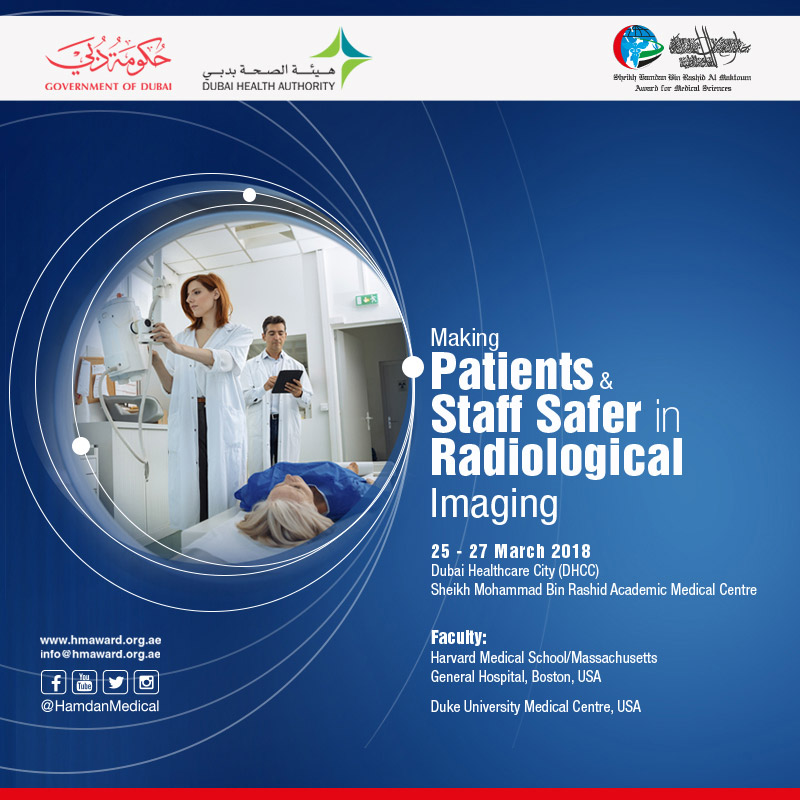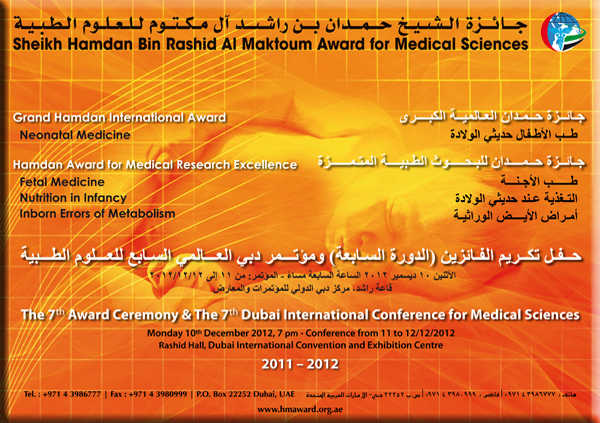

The practice of neonatal medicine has changed tremendously since its recognition as a separate entity in 1975. Complex new technologies like extracorporeal membrane oxygenation (ECMO) and simple ones like the administration of surfactant resulted in increased survival of very small babies who would have succumbed to their illnesses a few years ago. Benefits of antenatal care have been recognized by most mothers, and have resulted in the decrease in incidence of neural tube defects and the fetal alcohol syndrome. One of the most remarkable discoveries was that of Rh incompatibility in the newborn. Philip Levine and Alexander Weiner published seminal papers in which they analyzed in detail the problem of Rh incompatibility. In 1938 Ruth Darrow who had her own problems with Rh disease made a brilliant analysis of the literature. She reasoned based on literature that the mother was a constant factor and deduced that the disease was an acquired one with the mother producing a substance that did not affect her but transmitted through the placenta to affect the fetus.
In 1940 about a year after Levine's important paper on the fetus' ability to immunize the mother, Weiner described an experiment in which he injected red cells from the rhesus monkey into a rabbit which produced an antibody which reacted with 80% of human blood. Following this many other developments occurred, including study of blood group inheritance, Coomb's test, exchange transfusion and intrauterine transfusion. Other momentous discoveries were "Koagulations Vitamin" (Vitamin K) by H Dam in 1936 and Vitamin K treatment of coagulation abnormalities of the newborn by WW Waddell in 1937. 1938 saw the design of the modern infant incubator (prototype of isollette). Retintopathgy of prematurity was first linked to oxygen usage by Cambell in 1951 and Virginia Apgardescribed the Apgar score in 1952. In 1953 Emerson invented the high frequency oscillatory ventilation (HFOV). Mary Ellen Avery and Jere Meaddetermined that surfactant deficiency was the cause of neonatal respiratory distress syndrome. Robert Gurthrie described the Guthrie test for phenylketonuria in 1963.
Gregory in 1971 used continuous positive airway pressure for respiratory distress syndrome and Kirby described the use of intermittent mandatory ventilation for respiratory distress syndrome. Another advance was the use of antenatal glucocorticoids for prevention of RDS in 1972. A major milestone was the description of the use of surfactant for the treatment of Respiratory Distress Syndrome in 1980. Other very significant discoveries occurred that paved the way for the modern improved care of the premature infant.
The last half century has seen extraordinary advances in fetal medicine. Prematurity, preeclampsia, diabetes, rhesus disease and rubella took a large toll on perinatal survival. In those days amniocentesis, ultrasonography and cardiotocography were not yet available. Knowledge of fetal physiology and pathology was sparse. In 50 years since, the fetus has been thoroughly studied with new modalities being introduced that helped us understand the fetus better. Advances in fetal imaging, genomics, and minimally invasive techniques, as well as a better understanding of the natural history of many fetal diseases, mainly from animal studies, have over the past few years revolutionized the management of many fetal conditions diagnosed prenatally.
Now perinatal mortality has decreased significantly, with babies born at 23 weeks having a chance of surviving whereas in the past babies born at gestation ages less than 34 weeks had a slim chance of survival. Rhesus disease has decreased remarkably and fetal aneuploidy can be detected by prenatal genetics in the first trimester. The rapid advances in embryology have increased our understanding of the processes involved in different organ formation. For decades pediatric surgeons agonized over their inability to save babies from deadly defects after birth. Since 1981, when Harrison performed a pioneering in utero procedure to treat a fetal urinary-tract obstruction, hundreds of fetuses have undergone treatments ranging from tumor removal to spinal-cord repair.
Some operations have been dramatic successes, saving the lives of babies who would otherwise have died. Others have been heart-wrenching failures. In no other medical area are the stakes—two patients, not just one—so high. Now repairs of congenital diaphragmatic hernia, temporary tracheal occlusion for diaphragmatic hernia, fetoscopic laser treatment of A-V communication in twin-to-twin transfusion syndrome can be performed in-utero. Today's state of the art ultrasound machines are equipped with 3 D and 4 D ultrasound technology. The introduction of this technology enabled physicians to add a new dimension to gynaecological and obstetrical ultrasound imaging. 4-D Ultrasound System takes 3-D images of the fetus and adds another dimension: time, resulting in a trueto-life image. Conditions like cleft lip/palate, cysts, scoliosis, hand anomalies, skeletal malformations, spinal bifida and heart defects can be clearly seen.
Good nutrition is essential for the growth and development that occurs during an infant’s first year of life. When developing infants are fed the appropriate types and amounts of foods, their health is promoted. Positive and supportive feeding attitudes and techniques demonstrated by the caregiver help infants develop healthy attitudes toward foods, themselves, and others.
Throughout the first year, many physiological changes occur that allow infants to consume foods of varying composition and texture. As an infant’s mouth, tongue, and digestive tract mature, the infant shifts from being able to only suckle, swallow, and take in liquid foods, such as breast milk or infant formula, to being able to chew and receive a wide variety of complementary foods.
For proper growth and development, an infant must obtain an adequate amount of essential nutrients by consuming appropriate quantities and types of foods. During infancy, a period of rapid growth, nutrient requirements per pound of body weight are proportionally higher than at any other time in the life cycle. There have been many developments that have increased the likelihood of the preterm infant growing normally.
Good nutrition delivery is possible even in the tiniest of infants. Those unable to feed enterally can be fed pareneterally. Pareneteral nutrition provides most nutrients required by the growing infant. Seminal work in this field has resulted in the provision of enteral feeding even to the tiniest of infants immediately after birth.
Inborn errors of metabolism (IEMs) are rare taken individually but collectively they are common. They usually present early in the neonatal period or infancy but can occur at any time, even in adulthood. These errors occur because of single gene defects which result in abnormalities in the synthesis or catabolism of proteins, carbohydrates, fats, or complex molecules.
Most of these defects are in an enzyme or transport protein, which result in a block in a metabolic pathway.
Effects are due to There are toxic accumulations of substrates before the block, intermediates from alternative metabolic pathways, defects in energy production and use caused by a deficiency of products beyond the block, or a combination of these metabolic deviations.
Nearly every metabolic disease has several forms that vary in age of onset, clinical severity, and, often, mode of inheritance.
Goals of treatment for patients with an inborn error of metabolism (IEM) are prevention of further accumulation of harmful substances, correction of metabolic abnormalities, and elimination of toxic metabolites.
Even the apparently stable patient with mild symptoms may deteriorate rapidly with progression to death within hours. With appropriate therapy, patients may completely recover without sequelae.
Recent innovations in medical technology have changed newborn screening programs. The widespread use of tandem mass spectrometry is helping to identify more inborn errors of metabolism. Improvements in medical technology and greater knowledge of the human genome are resulting in significant changes in the diagnosis, classification, and treatment of inherited metabolic disorders. Many known inborn errors of metabolism will be recognized earlier ortreated differently because of these changes.